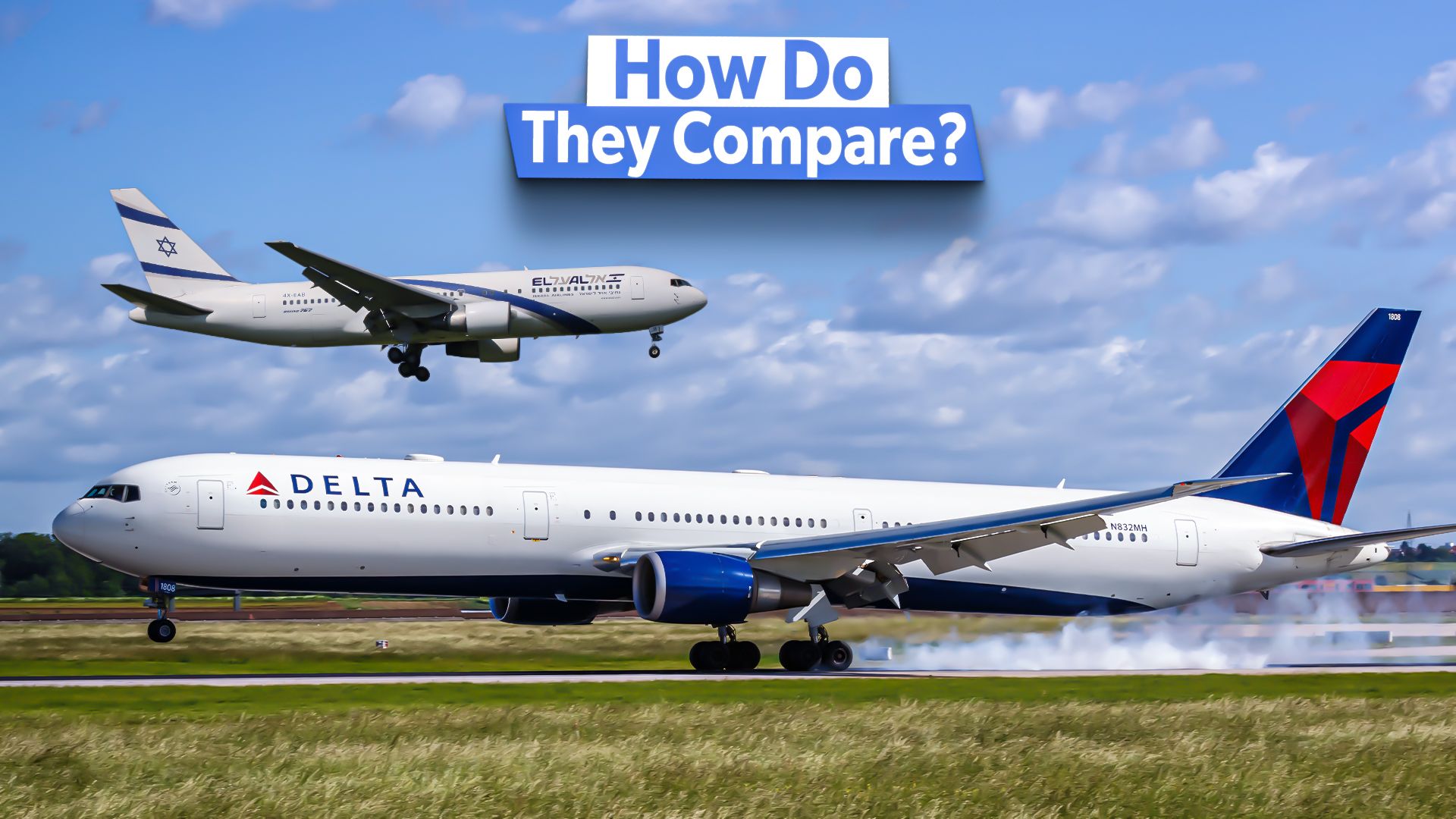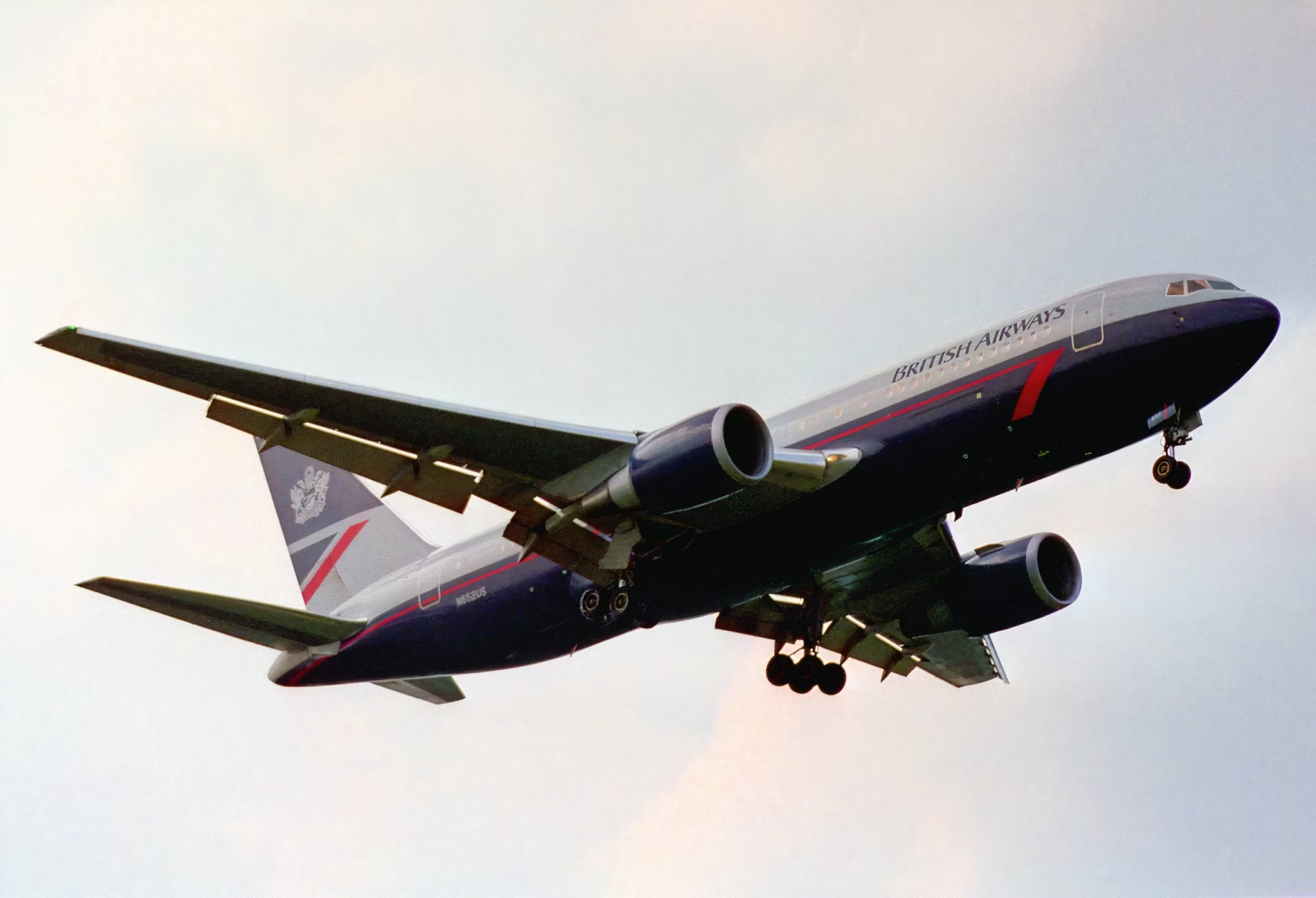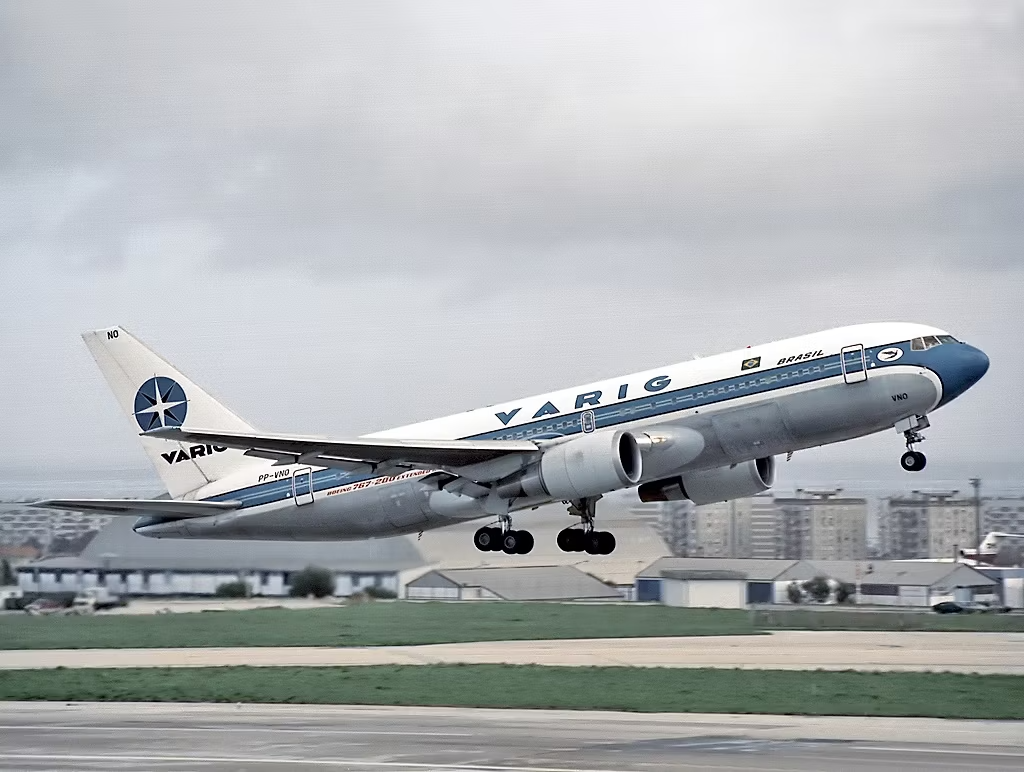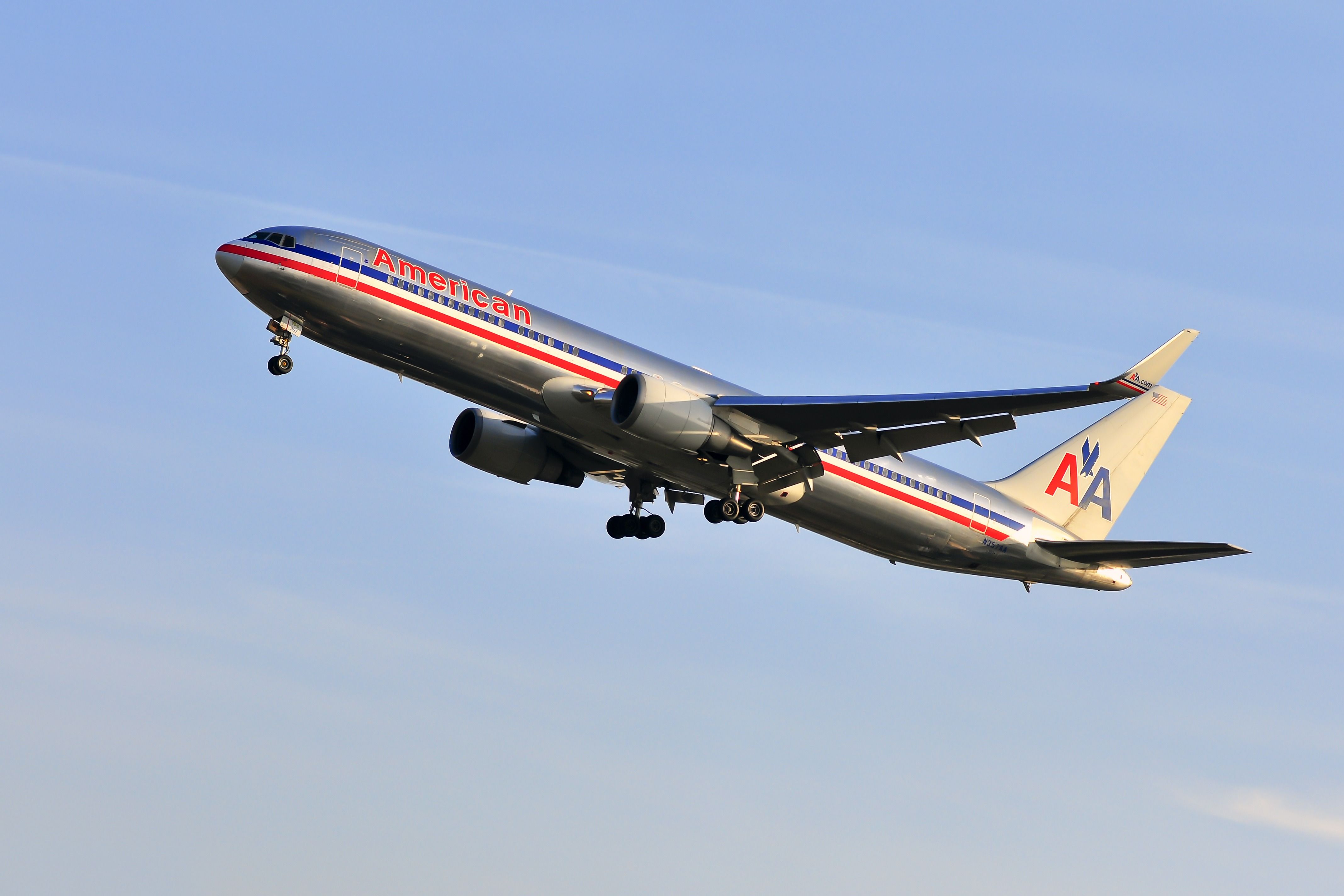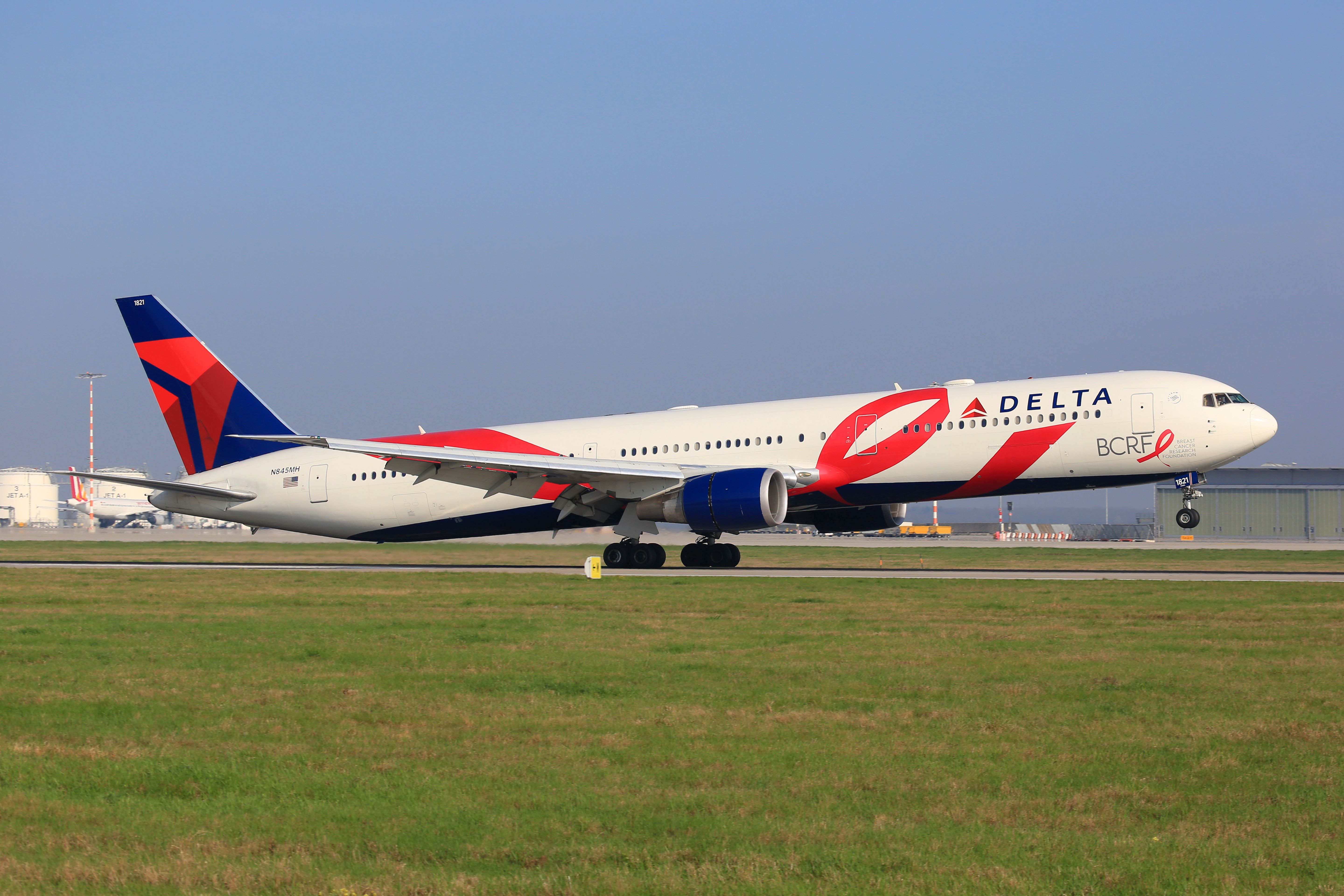In the late 1970s, Boeing Commercial Airplanes, the passenger and cargo arm of the legacy American manufacturer, decided it needed a new wide-body airliner to complement the Boeing 747 in its commercial lineup. Amid the introduction of Extended-Range Twin-Engine Operational Performance Standards (ETOPS), which allowed aircraft with just two engines to fly significantly further, Boeing believed it was time for a more efficient twin-engine long-range aircraft to enter the market.

Therefore, the Boeing 767
program was born when the prototype took to the skies on September 26th, 1981, just four years after the aircraft was introduced to the public as the 7X7. By August 1982, the aircraft had received type certification from the Federal Aviation Administration (FAA), and would soon go on to enter commercial service on September 8th of that year, first flying with United Airlines.
With over 1,300 Boeing 767s rolling out of the manufacturer’s factories over the years and with cargo variants still in production, the program is undeniably one of the company’s largest commercial successes. Over the years, the manufacturer modified its design many times, initially launching the 767-200, which was quickly followed by the extended-range 767-200ER just a couple of years later.
Later higher-capacity variants entered service, with the 767-300 debuting in October 1986 and the extended-range version, the 767-300ER, entering service in 1988. The final variant, the Boeing 767-400ER, would hit the market in 2000 and proved popular with US operators that continue to use the plane to this day. Let’s take a deeper look at the five passenger production variants of the Boeing 767.
5
Boeing 767-200
Original year introduced: 1982
|
Category: |
Boeing 767-200 Specification: |
|---|---|
|
Average two-class passenger capacity: |
214 |
|
Maximum Takeoff Weight (MTOW): |
315,000 pounds |
|
Maximum range: |
3,900 nautical miles |
The original variant of the family, the Boeing 767-200 entered service with United Airlines in 1982, and was primarily used for domestic routes within the United States before becoming the first twin-engine aircraft certified for transatlantic flights in 1985. 128 767-200 aircraft were delivered to customers over the years, although many were eventually converted to freighter variants.
The 767-200 ended production in 1987, as airlines began to favor the more capable extended range 767-200ER. The original 767-200s which were converted to freighters continue to fly, with Israel Aerospace Industries having converted 767-200s to 767-200SFs for 19 years now, according to the European Aviation Safety Agency.
4
Boeing 767-200ER
Original year introduced: 1984
|
Category: |
Boeing 767-200ER Specification: |
|---|---|
|
Average two-class passenger capacity: |
214 |
|
Maximum Takeoff Weight (MTOW): |
395,000 pounds |
|
Maximum range: |
6,590 nautical miles |
The Boeing 767-200ER, which was introduced in 1984 by Israeli flag carrier El Al, was designed as a longer-range variant of the earlier 767-200, by offering additional fuel capacity and, thus, a higher MTOW. In 1988, the aircraft set a distance record for a twin-engine aircraft, by flying nonstop across the Atlantic.
The aircraft was popular among international operators, many of whom kept the jet in service for decades before turning to more modern 767 variants. In total, 121 767-200ER aircraft were delivered according to Boeing, and the aircraft remains in service with some charter operators today.
3
Boeing 767-300
Original year introduced: 1986
|
Category: |
Boeing 767-300 Specification: |
|---|---|
|
Average two-class passenger capacity: |
261 |
|
Maximum Takeoff Weight (MTOW): |
350,000 pounds |
|
Maximum range: |
3,900 nautical miles |
The Boeing 767-300 was introduced in 1986 by Japan Airlines and is a longer version of the 767-200. While larger and heavier, the aircraft kept the same range as its predecessor, and airlines appreciate the aircraft’s lack of differences from early 767 variants, making it far easier to transfer pilots to the plane.
Photo: Vytautas Kielaitis | Shutterstock
The aircraft was primarily used for high-capacity routes within Europe, Asia, and North America, and a total of 104 aircraft were delivered over the years. Production ended in 2000, and a single 767-300 remains in passenger service today with Asiana Airlines, according to South Korean news outlet Kuki News, alongside many that were converted to freighters.
2
Boeing 767-300ER
Original year Introduced: 1988
|
Category: |
Boeing 767-300ER Specification: |
|---|---|
|
Average two-class passenger capacity: |
261 |
|
Maximum Takeoff Weight (MTOW): |
412,000 pounds |
|
Maximum range: |
5,980 nautical miles |
The Boeing 767-300ER improved on the 767-300, similar to how the 767-200 was adjusted for the 767-200ER, and the plane entered service with American Airlines in 1988. The aircraft would eventually become the most popular variant of the family, and by 2017 over 580 had been delivered. Today, hundreds remain in service, with operators including the following carriers:
- Delta Air Lines
- United Airlines
- Japan Airlines
- All Nippon Airways
With an impressive combination of range and passenger capacity, the aircraft has become a favorite for long-haul operators across the globe. The aircraft effectively competed with the Airbus A330 and managed to make the Boeing 767 family a long-term financial success.
1
Boeing 767-400ER
Original year Introduced: 2000
|
Category: |
Boeing 767-400ER Specification: |
|---|---|
|
Average two-class passenger capacity: |
296 |
|
Maximum Takeoff Weight (MTOW): |
450,000 pounds |
|
Maximum range: |
5,625 nautical miles |
The Boeing 767-400ER was launched in 2000 and was intended to be the largest variant of the family. With a fuselage that was stretched over 40 feet from the original 767-200, the 767-400ER could accommodate over 300 passengers and featured raked wingtips instead of winglets.
Photo: Markus Mainka | Shutterstock
Despite its lower range in comparison to the 767-300ER, the aircraft still remains popular today for long-haul transatlantic and intercontinental travel. In total, 37 767-400ER aircraft were delivered to just two customers: Delta Air Lines and American Airlines.

